Every day, Chicagoans outside the immediate areas where federal forces are deploying pick up fragments of what feels like an unfolding drama.
Here’s a representative example: on the app NextDoor, the Chicago subreddit and in neighborhood Facebook groups, we watch cell-phone footage from Logan Square of smoke spreading through an intersection as a federal vehicle pulls away. Eventually, local outlets verify that a masked federal agent dropped canisters outside the Rico Fresh supermarket near Funston Elementary. It appears the air was filled with a chemical irritant, causing people to panic, and the vehicle departed. NBC Chicago asked Immigrations and Customs Enforcement and the Department of Homeland Security for explanations and, as of publication, had not received a detailed public rationale. Another cluster of videos captures tense scenes outside the ICE processing center in Broadview, a suburb just west of Chicago. In September, a federal agent positioned above the facility fired a projectile that struck Pastor David Black in the head.
I witnessed an arrest last Saturday afternoon – a man purchasing a hot dog was picked up by CBP. A Greek-American friend, with olive skin and a mess of dark, curly hair, claims in a groupchat that he was asked to show his passport while walking downtown – sparse on details, high on alarm. Another friend, an undocumented immigrant from Ukraine, shares with me that she’s scared of being seized. Each day, a new story and mixed context for residents who may not understand what’s actually happening.
The Trump administration has deployed about 500 National Guard troops in the Chicago area for an initial period of 60 days – around 300 from Illinois and 200 from Texas. Federal officials say the mission is to protect personnel and property at federal sites, especially those used by ICE. On social media, there are reports that Chicagoans are preventing federal officials from doing their job through civil disobedience, which, some conservatives say, is justification for the Trump administration to step up operations.
Illinois and the City of Chicago have sued, arguing the orders are unlawful and implicate the Posse Comitatus Act, which limits the use oIf the military in civilian law enforcement. Filed October 6, the complaint challenges both the federalization of the Illinois Guard and the importation of Texas Guard forces. A judge in Chicago is set to rule on whether to block the deployment while the case proceeds.
Northern Command has publicly declared the troops are there to protect federal workers and property, not to perform general urban policing – though the chatter online tells a different story. There’s a general sense that Chicago is a “war zone” and that the presence of the National Guard is “overdue.” The White House itself has described the deployment as a “protection mission,” while DHS refers to the broader ICE enforcement escalation as Operation Midway Blitz.
Reporters have yet to work out a complete, detailed after-action account explaining why gas was deployed in Logan Square at that moment. Federal officials have not produced a cohesive public explanation tying together the scattered incidents across the city. And so residents and observers have basic questions that remain unanswered: who ordered the canisters in Logan Square? What does it mean, practically, that one of our alderwomen was briefly handcuffed? Was she arrested or just threatened? Eventually there are fractions of answers, but not all emerge in time to affect public understanding.
What many Chicagoans are experiencing is uncertainty, amplified by a lack of clear news sources. Local journalists are doing the work: verifying incidents, seeking official responses, documenting what happens on the ground. But that reporting doesn’t reach most people in its original form. Instead, it gets broken apart and redistributed through social platforms, stripped of context, arriving as fragments rather than as coherent stories.
From social media, people assemble different stories. Some accept the administration’s framing – that the Guard is there to keep federal workers safe in a city that allegedly refuses to do so. Others see the footage as evidence that federal power is expanding into everyday life – understood as authoritarian overreach. Both sides point to authentic images and cite official statements, but few can point to a single, verified timeline that links them all.
The Guard deployment is real, active and officially limited to protecting federal personnel and property. ICE enforcement in the region has intensified under a named operation, producing repeated confrontations with residents and protesters. And the public does not yet have a stable, integrated account that links these episodes into a common operational plan. This is, in large part, a distribution problem. The pieces are authentic. The whole picture remains incomplete.



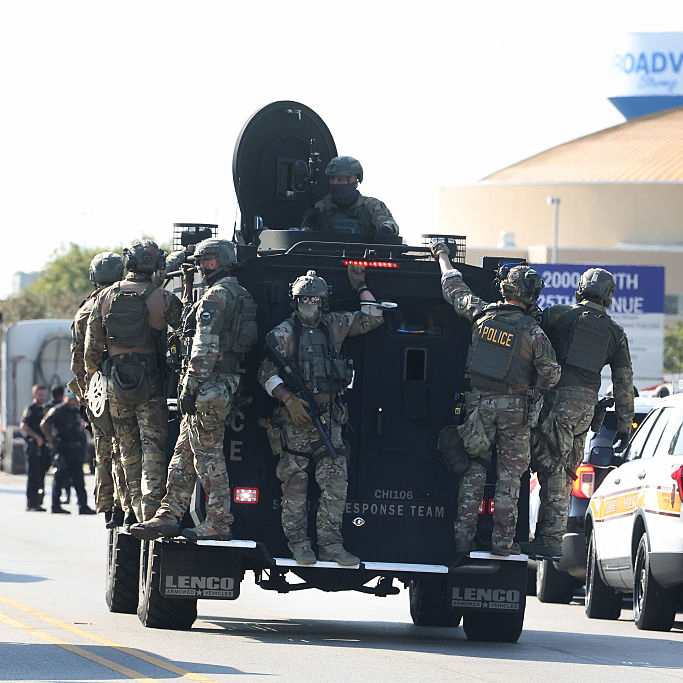






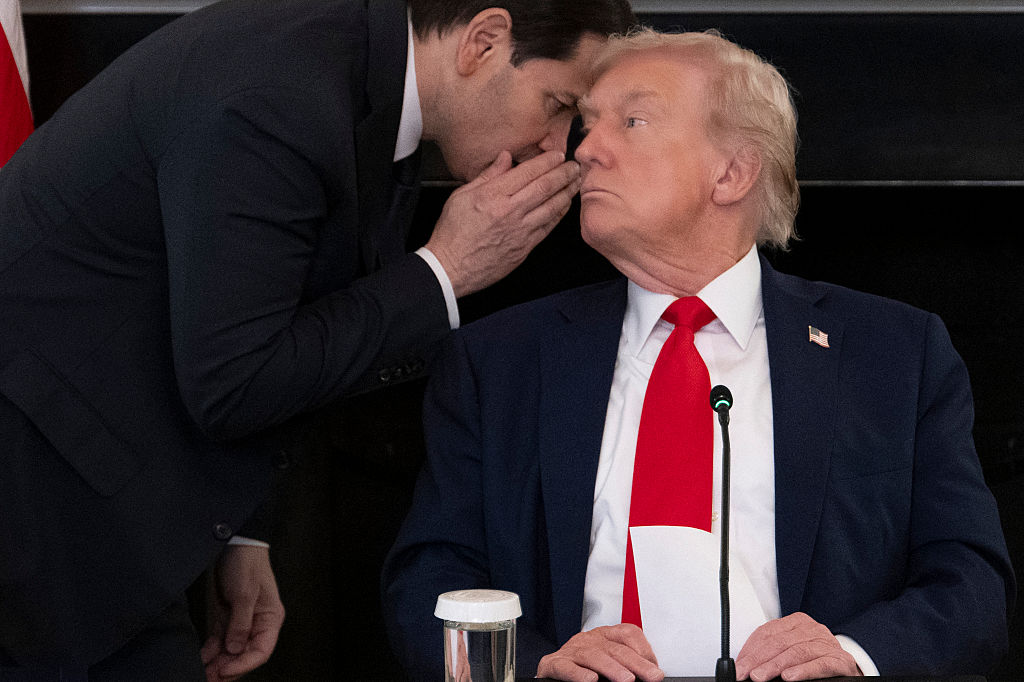
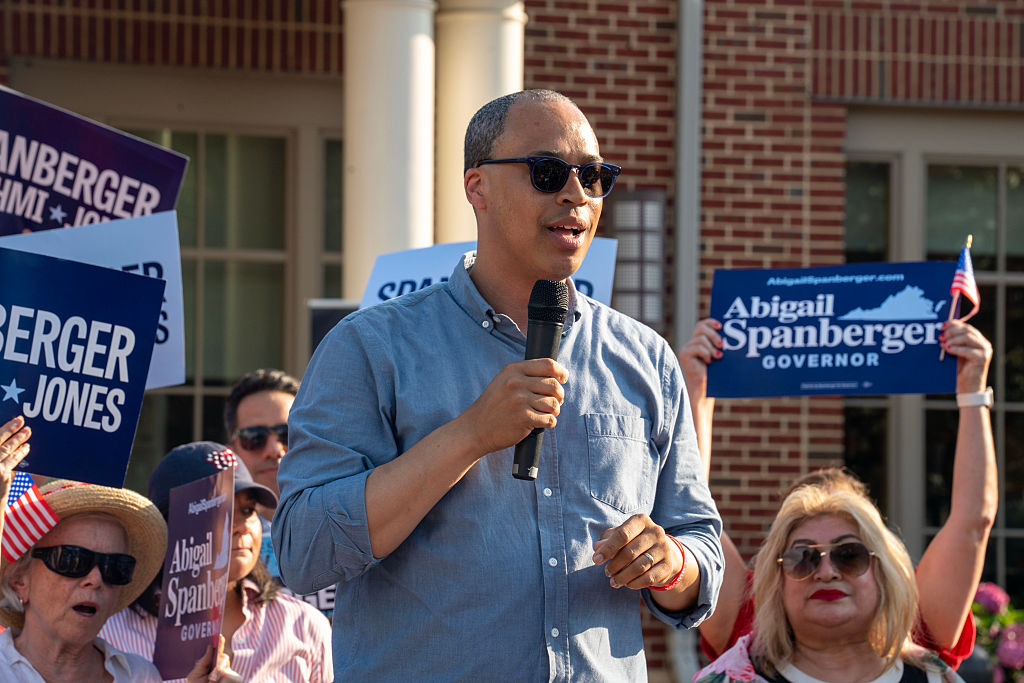

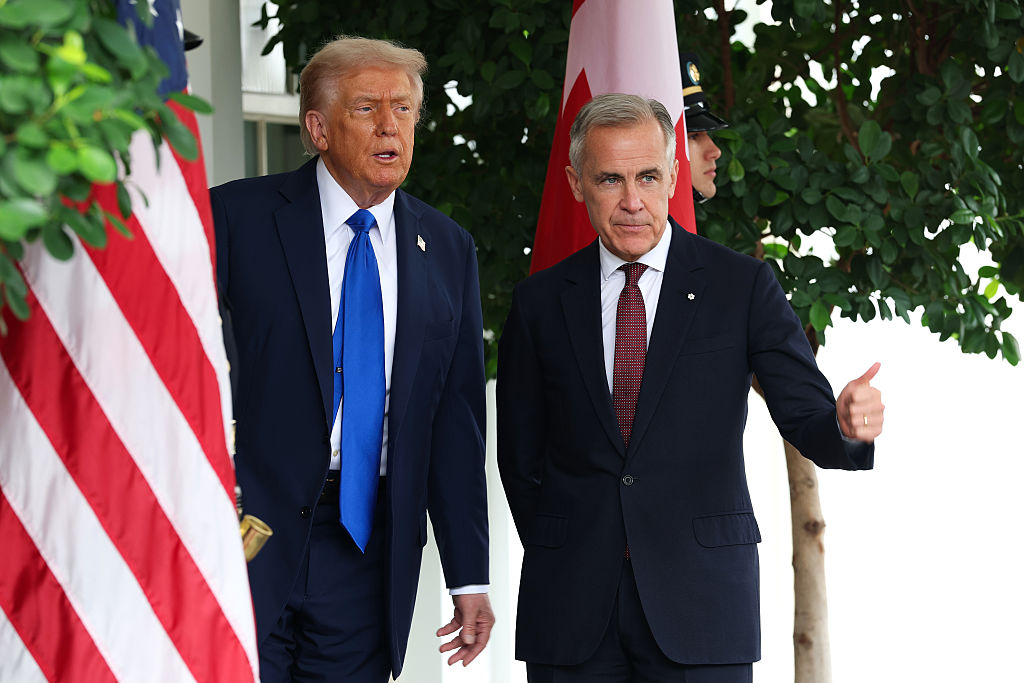
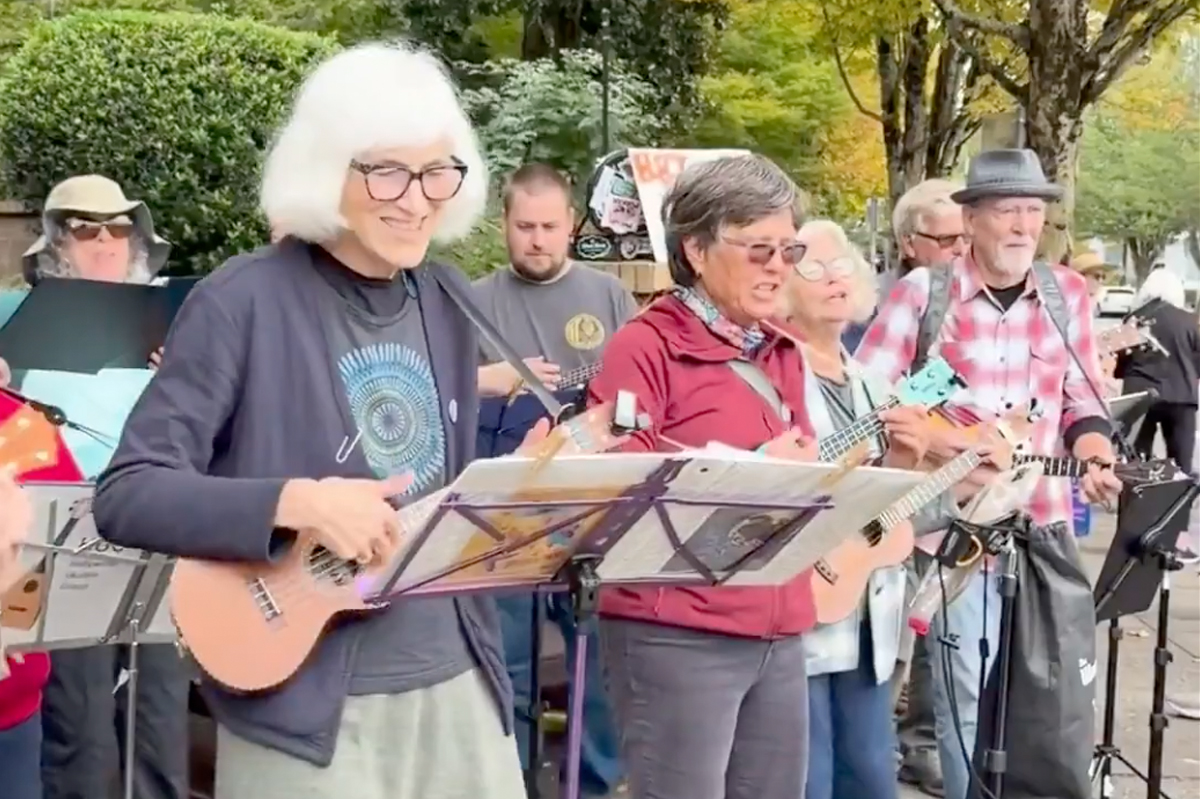
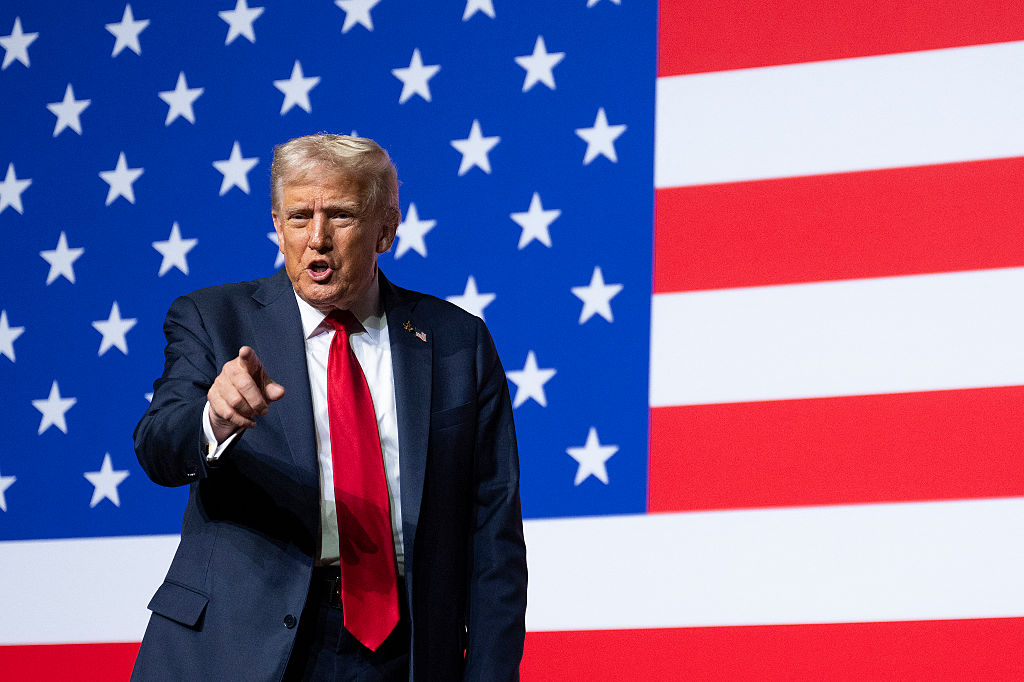

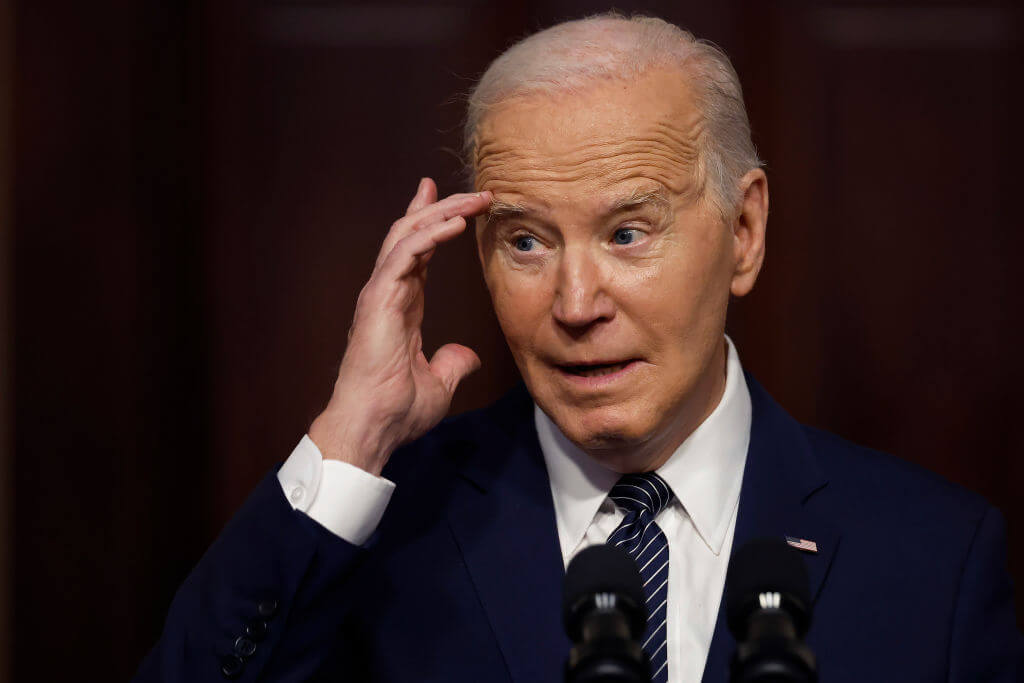



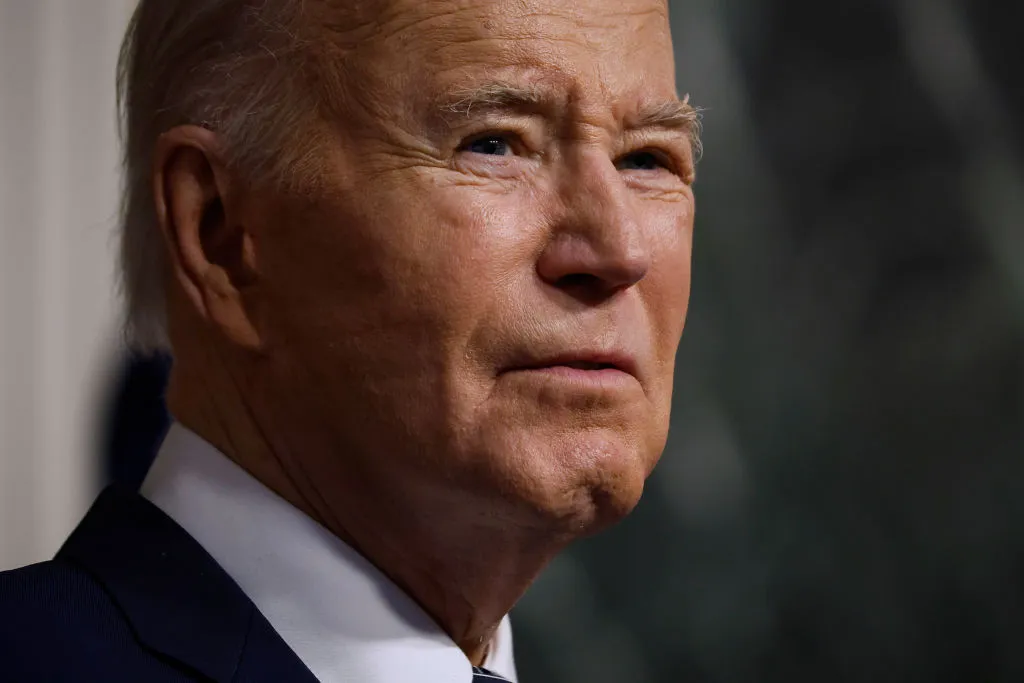

Leave a Reply